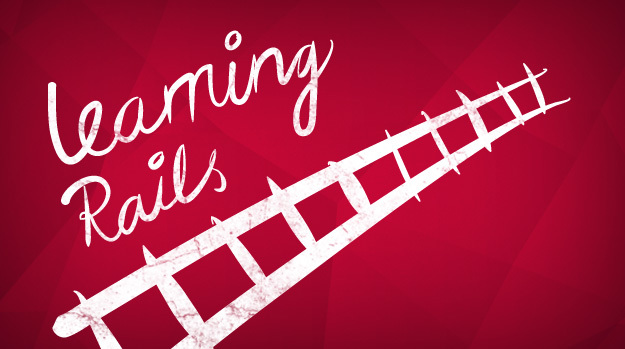Cousra has started enrolling in Ruby on Rails web development courses “Web Application Architectures”
 Periodically, I went to the trainer to see if any applied courses were available there. It was corny wondering if any ray of light would flash behind a harsh theory. I looked at programming languages, project management, and analytics. And today I saw a course, about which I wanted to share information.
Periodically, I went to the trainer to see if any applied courses were available there. It was corny wondering if any ray of light would flash behind a harsh theory. I looked at programming languages, project management, and analytics. And today I saw a course, about which I wanted to share information. Its name is in the title, and the translation of the description is lower, but for now a few words, why I think that it is useful to everyone:
- Beginners can learn a new technology for them or tighten their knowledge that has not yet been strengthened.
- Guru-rails can earn a Verified Certificate and thereby confirm their knowledge to the public. For example, you can attach it on LinkedIn or indicate in responses on freelance
We proceed to the translation of the course content. Free translation. Reformulation of phrases, if something hurts the ear, write in a personal.
About the course
In this course, we will consider the development of web application architecture from an engineering point of view. We will consider the fundamental design patterns and philosophy of the modern architecture of web applications, including its main components. By the end of the course, I expect you to be able to:
Design, develop and deploy modern web applications
This course is not about how to create a beautiful web page, it is about how to develop and deploy a full stack of protocols and technologies that are required for a full-fledged web application. This does not mean that you will become an expert in this field in a few weeks. My goal is rather to guide you on the right path, talking about a solid foundation and framework that will help you understand web applications, allow you to dig deeper and learn much more on your own.
You will learn to understand the basic architectural components in a web application and their interaction
Modern web applications are quite complex. A typical application includes a database with a huge number of scripts on the back end, a web server in the middle that delivers information over the Internet and a browser. Even dealing with these three components can be a good task! Consider only the programming languages of a typical technology stack: from the database (SQL) to the web server (scripting languages) and the browser (JS, HTML, CSS). It turns out as many as five programming languages, while the protocols with which they work are not mentioned. But you have to deal with them too! We will introduce you to different design patterns that will help you deal with apparent complexity.
Using Ruby on Rails
We are going to learn about web applications using the Ruby on Rails framework. Rails is a framework for building a web application that appeared at the dawn of the Ruby programming language. I believe that this is one of the best frameworks for studying web applications, which has been proven effective in commercial projects. It is worth noting that there are many other frameworks and the concept that you will learn here can be transferred to other frameworks.
Better understanding of current development practices
We will use the latest web development tools and practices, version control system, testing, application deployment. This includes familiarization with the practice of agile development, a large number of tools that every web developer should be able to use, as well as cloud resources, which have been increasingly used in web development recently.
- end of translation
Link to the course.
The beginning of March 16th.
The course is organized by the University of New Mexico. In my opinion, an excellent replacement for paid courses. Especially considering the traditional activity of the forums on the cursor.
Only registered users can participate in the survey. Please come in.
For statistics
- 65.2% I enrolled in course 220
- 34.7% Not signed up 117
